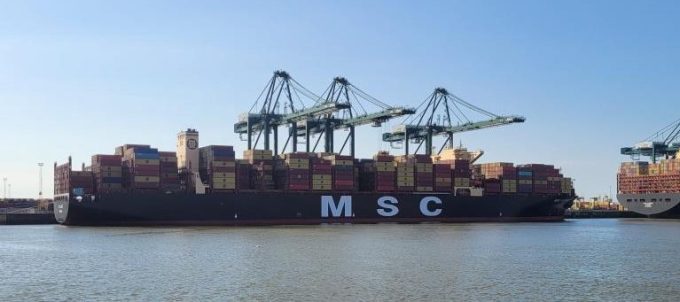
Photo: VesselFinder
MSC’s standalone Asia-North Europe shipping services have already captured up to a 9% market share of the trade, according to new data from Sea-Intelligence Consulting.
The analyst says this indicates how advanced the Geneva-headquartered carrier is for life outside its 2M partnership with Maersk, which is ...


Comment on this article